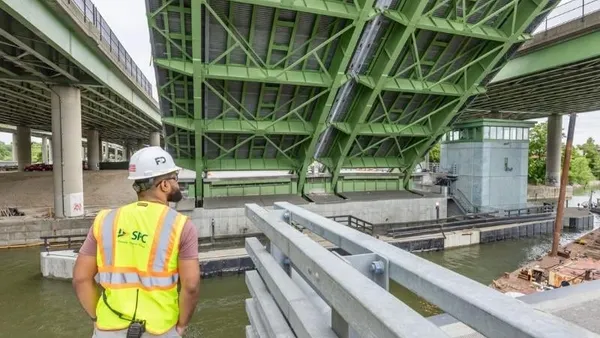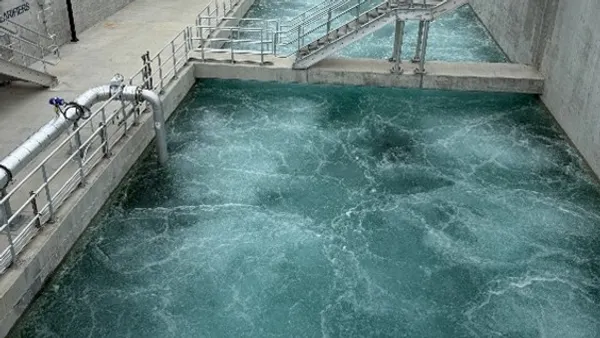Dive Brief:
- Mississippi Gov. Phil Bryant has ordered the state DOT to close 83 structurally deficient bridges, increasing the number of shuttered spans to 102, Mississippi Today reported.
- Bryant took the emergency action after the Federal Highway Administration (FHWA) said keeping those bridges open established an "unacceptable safety risk." The administration penned a letter to Bryant earlier this month recommending 378 bridges to be closed immediately after being deemed deficient by FHWA's National Bridge Inspection Standards.
- The state DOT will notify each county as to which bridges require immediate closure and will then give them 24 hours to comply. If those counties do not close the bridges, MDOT will do so in coordination with law enforcement. FHWA said that if the bridges were not closed soon, Mississippi could be in danger of losing federal funding for other transportation projects.
Dive Insight:
In its most recent infrastructure scorecard, the American Society of Civil Engineers (ASCE) found that more than 12% of Mississippi's 17,068 bridges were structurally deficient, exceeding the U.S. average of a little more than 9%. While the country's number of structurally deficient bridges has declined, the number of bridges that are nearing the end of their design lives is on the incline.
According to the American Road & Transportation Builders Association (ARTBA), 30% of all bridges needed some level of repair in 2017. The association found that the spans with the most severe signs of deterioration were 25 years past their useful lives. The report noted that the rate of bridge replacement slowed in 2017 — at its current pace of construction, it would take 37 years to make all the necessary upgrades and repairs.
USDOT data shows that the U.S. has a bridge repair backlog totaling $123 billion. Earlier this year, Senator Sherrod Brown (D-Ohio), introduced the Bridge Investment Act, which would pump $75 billion into U.S. bridge repairs through a 10-year competitive grant process. The legislation aims to help fill the funding gap between other federal and state programs and its proposal has already won the support of industry groups like ATBA, the ASCE, North America’s Building Trades Union and the Associated General Contractors of America.












